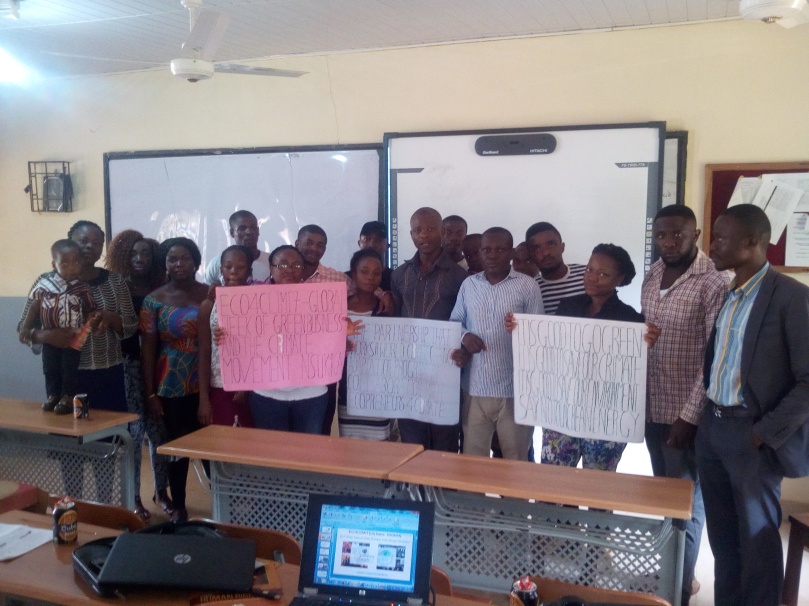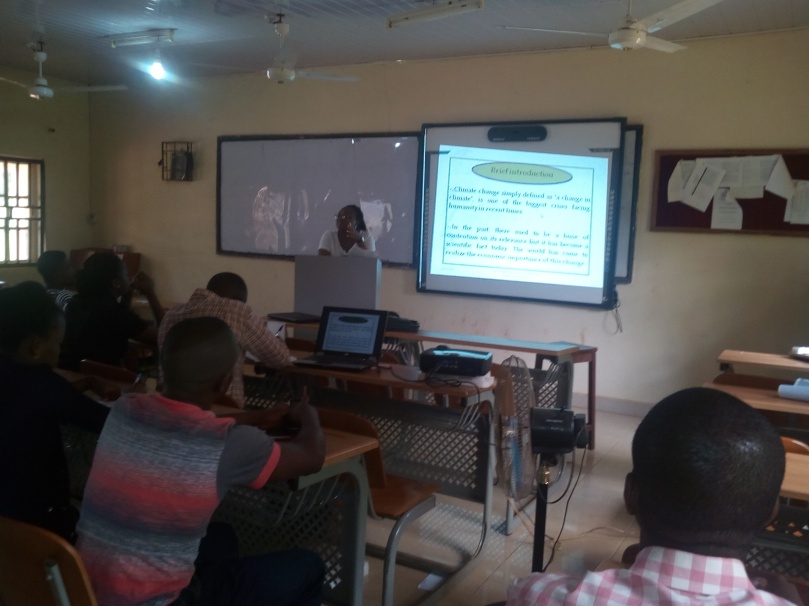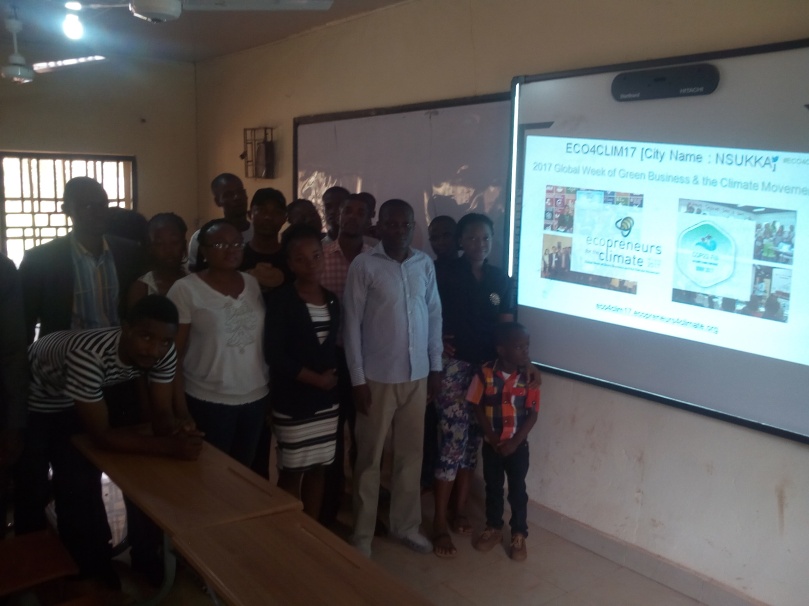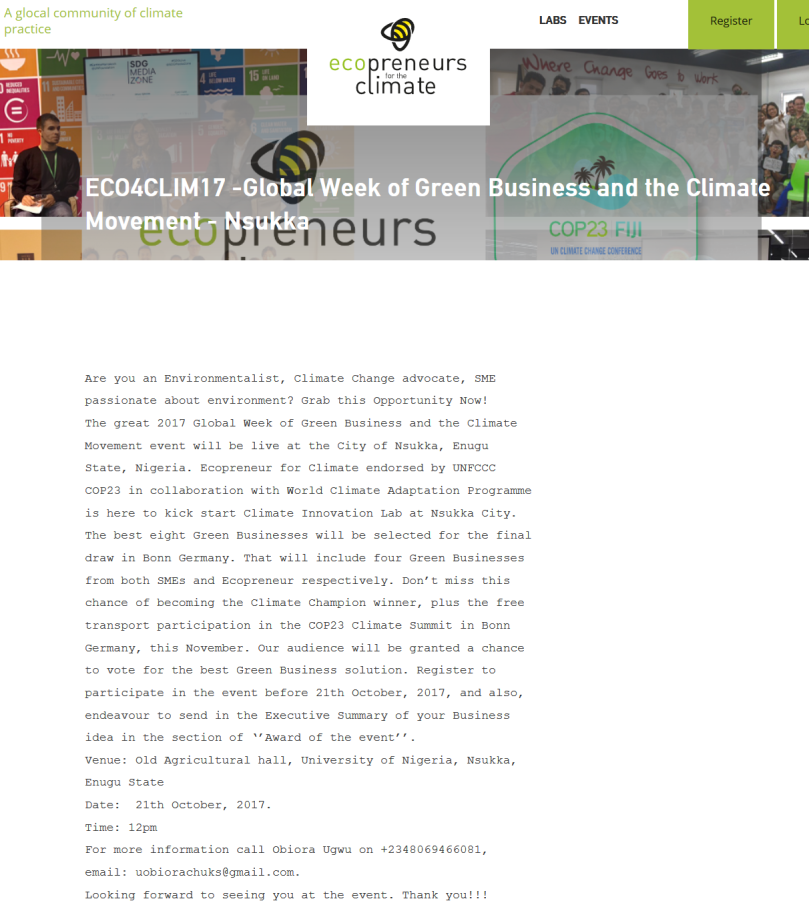The Paris Agreement builds upon the Convention and – for the first time – brings all nations into a common cause to undertake ambitious efforts to combat climate change and adapt to its effects, with enhanced support to assist developing countries to do so. As such, it charts a new course in the global climate effort.
The Paris Agreement’s central aim is to strengthen the global response to the threat of climate change by keeping a global temperature rise this century well below 2 degrees Celsius above pre-industrial levels and to pursue efforts to limit the temperature increase even further to 1.5 degrees Celsius. Additionally, the agreement aims to strengthen the ability of countries to deal with the impacts of climate change. To reach these ambitious goals, appropriate financial flows, a new technology framework and an enhanced capacity building framework will be put in place, thus supporting action by developing countries and the most vulnerable countries, in line with their own national objectives. The Agreement also provides for enhanced transparency of action and support through a more robust transparency framework for action and support.
The Paris Agreement requires all Parties to put forward their best efforts through “nationally determined contributions” (NDCs) and to strengthen these efforts in the years ahead. This includes requirements that all Parties report regularly on their emissions and on their implementation efforts. There will also be a global stocktake every 5 years to assess the collective progress towards achieving the purpose of the agreement and to inform further individual actions by Parties.
The Paris Agreement opened for signature on 22 April 2016 – Earth Day – at UN Headquarters in New York. It entered into force on 4 November 2016, 30 days after the so-called “double threshold” (ratification by 55 countries that account for at least 55% of global emissions) had been met. Since then, more countries have ratified and continue to ratify the Agreement, reaching a total of 125 Parties in early 2017. The current number of ratifications can be found here.
In order to make the Paris Agreement fully operational, a work programme was launched in Paris to develop modalities, procedures and guidelines on a broad array of issues. Since 2016, Parties work together in the subsidiary bodies (APA, SBSTA and SBI) and various constituted bodies. The Conference of the Parties serving as the meeting of the Parties to the Paris Agreement (CMA) met for the first time in conjunction with COP 22 in Marrakesh (in November 2016) and adopted its first two decisions. The work programme is expected to be completed by 2018.
Essential Elements
The Paris Agreement, adopted through Decision 1/CP.21, addresses crucial areas necessary to combat climate change. Some of the key aspects of the Agreement are set out below:
Long-term temperature goal (Art. 2) – The Paris Agreement, in seeking to strengthen the global response to climate change, reaffirms the goal of limiting global temperature increase to well below 2 degrees Celsius, while pursuing efforts to limit the increase to 1.5 degrees.
Global peaking (Art. 4) –To achieve this temperature goal, Parties aim to reach global peaking of greenhouse gas emissions (GHGs) as soon as possible, recognizing peaking will take longer for developing country Parties, so as to achieve a balance between anthropogenic emissions by sources and removals by sinks of GHGs in the second half of the century.
Mitigation (Art. 4) – The Paris Agreement establishes binding commitments by all Parties to prepare, communicate and maintain a nationally determined contribution (NDC) and to pursue domestic measures to achieve them. It also prescribes that Parties shall communicate their NDCs every 5 years and provide information necessary for clarity and transparency. To set a firm foundation for higher ambition, each successive NDC will represent a progression beyond the previous one and reflect the highest possible ambition. Developed countries should continue to take the lead by undertaking absolute economy-wide reduction targets, while developing countries should continue enhancing their mitigation efforts, and are encouraged to move toward economy-wide targets over time in the light of different national circumstances.
Sinks and reservoirs (Art.5) –The Paris Agreement also encourages Parties to conserve and enhance, as appropriate, sinks and reservoirs of GHGs as referred to in Article 4, paragraph 1(d) of the Convention, including forests.
Voluntary cooperation/Market- and non-market-based approaches (Art. 6) – The Paris Agreement recognizes the possibility of voluntary cooperation among Parties to allow for higher ambition and sets out principles – including environmental integrity, transparency and robust accounting – for any cooperation that involves internationally transferal of mitigation outcomes. It establishes a mechanism to contribute to the mitigation of GHG emissions and support sustainable development, and defines a framework for non-market approaches to sustainable development.
Adaptation (Art. 7) – The Paris Agreement establishes a global goal on adaptation – of enhancing adaptive capacity, strengthening resilience and reduction of vulnerability to climate change. It aims to significantly strengthen national adaptation efforts, including through support and international cooperation. It also recognizes that adaptation is a global challenge faced by all. All Parties should engage in adaptation planning and are expected to submit and periodically update an adaptation communication on their priorities, implementation and support needs, plans and actions. Developing country Parties will receive enhanced support for adaptation actions.
Loss and damage (Art. 8) – The Paris Agreement significantly enhances the Warsaw International Mechanism on Loss and Damage, which will develop approaches to help vulnerable countries cope with the adverse effects of climate change, including extreme weather events and slow-onset events such as sea-level rise. The Agreement provides a framework for Parties to enhance understanding, action and support with regard to loss and damage.
Finance, technology and capacity-building support (Art. 9, 10 and 11) – The Paris Agreement reaffirms the obligations of developed countries to support the efforts of developing country Parties to build clean, climate-resilient futures, while for the first time encouraging voluntary contributions by other Parties. Provision of resources should also aim to achieve a balance between adaptation and mitigation. In addition to reporting on finance already provided, developed country Parties commit to submit indicative information on future support every two years, including projected levels of public finance.
The agreement also provides that the Financial Mechanism of the Convention, including the Green Climate Fund (GCF), shall serve the Agreement. International cooperation on climate-safe technology development and transfer and building capacity in the developing world are also strengthened: a technology framework is established under the Agreement and capacity-building activities will be strengthened through, inter alia, enhanced support for capacity building actions in developing country Parties and appropriate institutional arrangements.
Climate change education, training, public awareness, public participation and public access to information (Art 12) is also to be enhanced under the Agreement.
Transparency (Art. 13), implementation and compliance (Art. 15) – The Paris Agreement relies on a robust transparency and accounting system to provide clarity on action and support by Parties, with flexibility for their differing capabilities of Parties. In addition to reporting information on mitigation, adaptation and support, the Agreement requires that the information submitted by each Party undergoes international review. The Agreement also includes a mechanism that will facilitate implementation and promote compliance in a non-adversarial and non-punitive manner, and will report annually to the CMA.
Global Stocktake (Art. 14) – A “global stocktake”, to take place in 2023 and every 5 years thereafter, will assess collective progress toward meeting the purpose of the Agreement in a comprehensive and facilitative manner. Its outcomes will inform Parties in updating and enhancing their actions and support and enhancing international cooperation. For 2018 a facilitative dialogue is envisaged to take stock of collective progress towards the long-term emission reduction goal of Art 4.
Decision 1/CP.21 also sets out a number of measures to enhance action prior to 2020, including strengthening the technical examination process, enhancement of provision of urgent finance, technology and support and measures to strengthen high-level engagement.
The decision also welcomes the efforts of all non-Party stakeholders to address and respond to climate change, including those of civil society, the private sector, financial institutions, cities and other sub-national authorities. These stakeholders are invited to scale up their efforts and showcase them via the Non-State Actor Zone for Climate Action platform (http://climateaction.unfccc.int). Parties also recognized the need to strengthen the knowledge, technologies, practices and efforts of local communities and indigenous peoples, as well as the important role of providing incentives through tools such as domestic policies and carbon pricing.









 Connect4Climate is a global partnership program launched by the World Bank Group and the Italian Ministry of Environment, Land and Sea together with the German Federal Ministry for Economic Cooperation and Development, that takes on climate change by promoting solutions and empowering people to act.
Connect4Climate is a global partnership program launched by the World Bank Group and the Italian Ministry of Environment, Land and Sea together with the German Federal Ministry for Economic Cooperation and Development, that takes on climate change by promoting solutions and empowering people to act.


 to participate in the event before 21th October, 2017, and also, endeavour to send in the Executive Summary of your Business idea in the section of ‘’Award of the event’’.
to participate in the event before 21th October, 2017, and also, endeavour to send in the Executive Summary of your Business idea in the section of ‘’Award of the event’’.